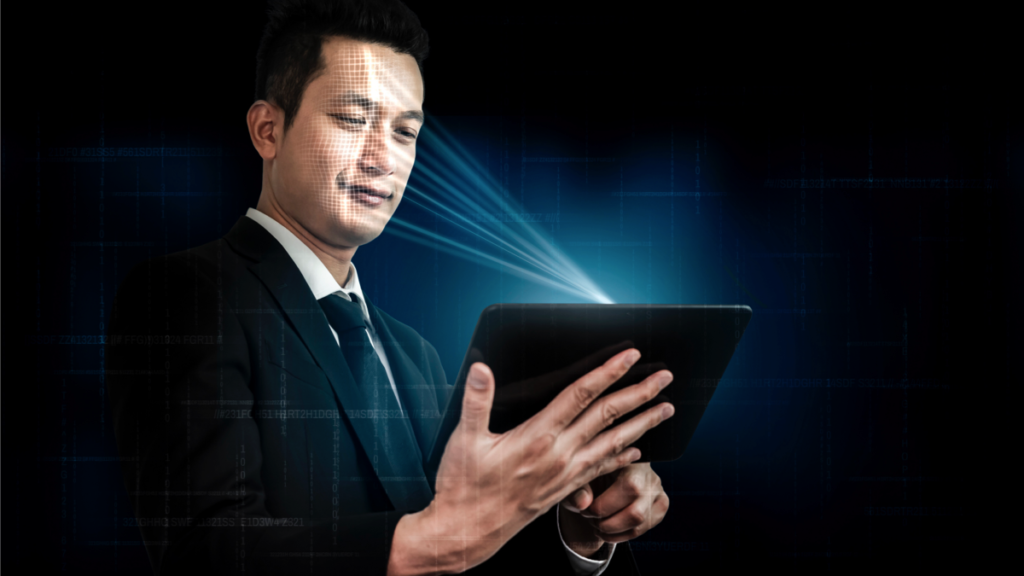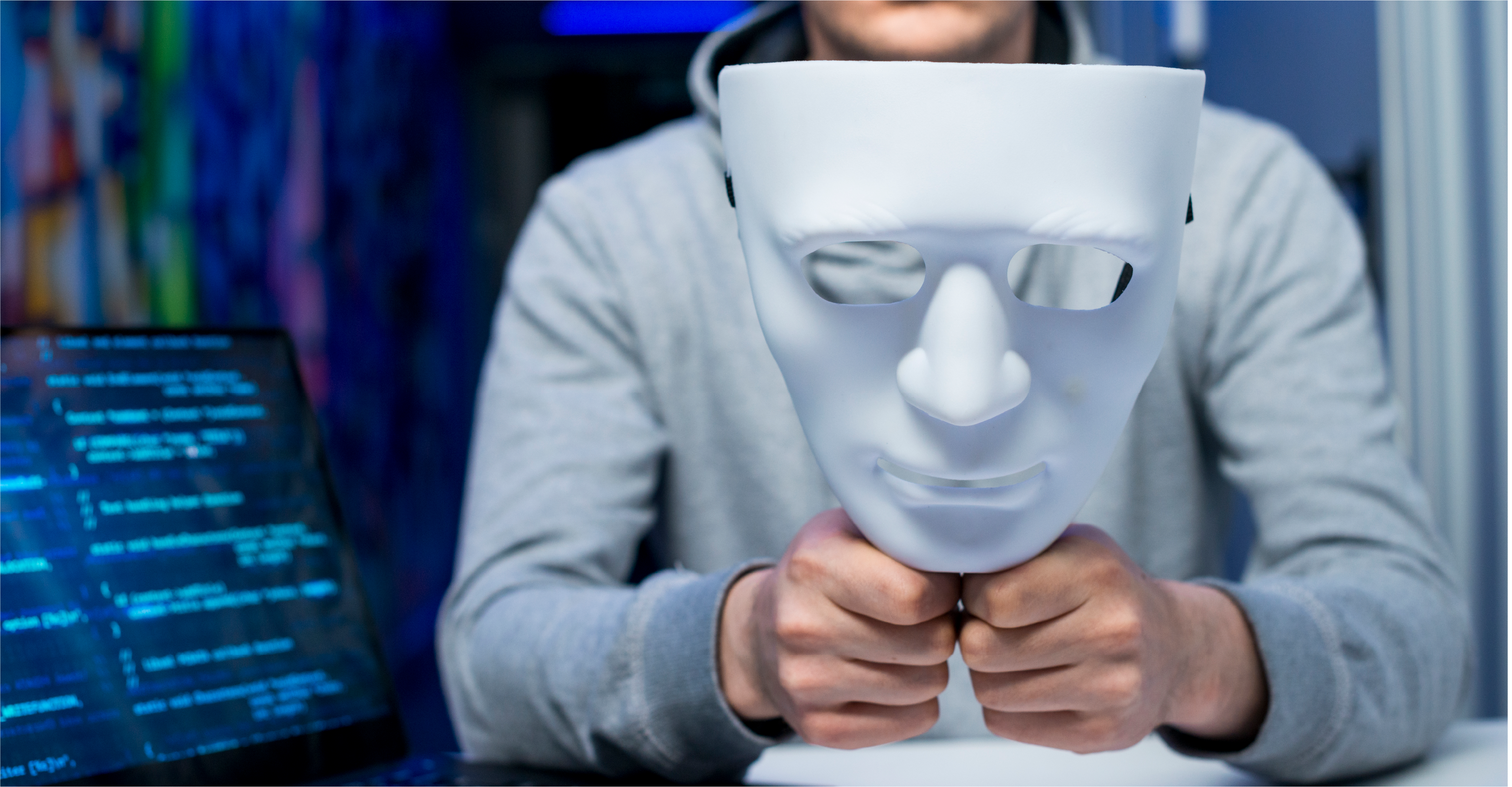Biometrics is part of our lives almost without realising it, and we use it every day through simple, everyday gestures such as unlocking our mobile phone with our face, voice or fingerprint. But don’t be mistaken, this concept is not quite that simple and goes well beyond that.
As well as allowing us to carry out various actions securely and conveniently, biometrics has helped companies in their digital transformation process – accelerated in recent times by the Covid19 pandemic – allowing them to offer contactless solutions and providing their products with the added value of security and a better user experience, which is provided by the use of biometric recognition.
However, before learning more about this technology, which can be compared to our own recognition – by association – of a friend’s voice, a celebrity’s face or a relative’s behaviour, let’s find out what it is and what its implications are.
Biometrics Beyond Science Fiction
The term biometrics comes from the Greek words bios – life – and metron – measure – and is defined as the method of unambiguous and unique recognition of persons, based on their physical or behavioural characteristics.
This technology, which might seem futuristic at first, as seen in films such as Blade Runner – where Harrison Ford was recognised by his iris – or Minority Report, where Tom Cruise did almost anything with it, is becoming more real and accessible every day, as our own body is the key to accessing various everyday transactions.
While our ancestors needed secret hiding places to protect their possessions, in today’s digital age it is biometrics that serves as a gatekeeper to protect our most valuable possession: our digital identity.
Through biometrics, we can verify our identity in the digital world securely, quickly and easily, anytime and anywhere; all this through a simple selfie, a few words or a simple glance.
Types of Biometrics
Identity verification technology has emerged in response to the need to increase security, improve user experience, streamline processes, avoid identity theft and reduce fraud, among others; therefore, in order to better adapt to these needs, there are different types of biometrics and other complementary technologies -such as digital signatures- that can work together or individually to identify individuals reliably and quickly.
There are two main categories of biometrics, those linked to physiological patterns (fingerprint, voice, face, eyes) and behavioural (cognitive in digital devices).
Facial Biometrics
This technology allows us to verify a person's identity based on a selfie. From this, a biometric record is created that will be compared in the future to authenticate the user, thus allowing them to perform different actions, such as accessing a financial institution's app and carrying out transactions.
Periocular Biometrics
This technology focuses on the differential features of the area around the eyes. It allows access to various functions or to approve transactions, for example, with a "single glance".
Voice Biometrics
Technology used to verify the identity of a user through the biometric voice pattern. By recording the voice, its main characteristics are extracted and converted into a pattern against which it is then compared.
Fingerprint
By photographing the fingerprints, a record of the user's identity is made. Subsequently, the fingerprints are validated by reading them with the camera of the chosen device and comparing them against the previous record, eliminating the use of external hardware, such as fingerprint readers.
Behaviour
This type of recognition analyses our behaviour on devices such as mobile phones or computers (typing strength and intensity, scrolling patterns) and, based on this, creates a unique pattern of use, which is used to distinguish whether it is us or a possible hacker.






